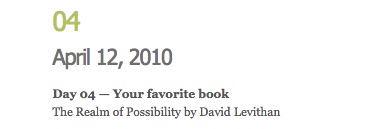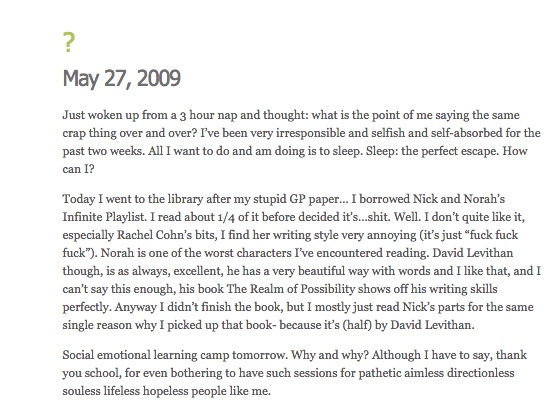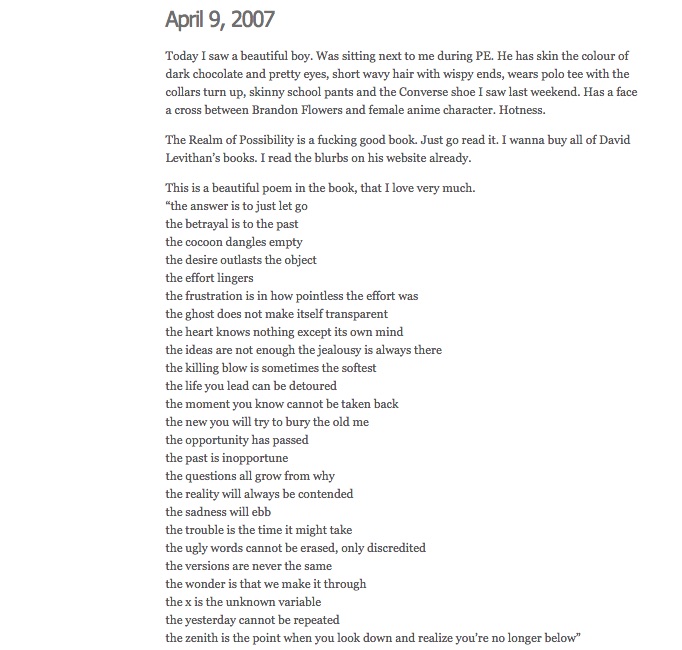Notes from various books on Derrida’s deconstruction.
Deconstruction For Beginners, Jim Powell
Our minds work by way of binary opposites. They form pairs:
east/west
male/female
mind/body
muslim/pagan
christian/pagan
sacred/profane
speech/writing
Our minds make use of this kind of either/or logic to put everything in the world into neat little categories. The problem is that we tend to privilege one memeber of the pair and repress/oppress the other. This kind of phallogocentric thinking governs not only our social life, but our philosophical, scientific, literary and legal thought as well.
Deconstruction is a way of reading a text.
Derrida Reframed, K. Malcolm Richards
Destruction is not a negative act, but also a positive act, such as clearing away something that is no longer useful. The term ‘to deconstruct’ conjures an image of a structure or object in mid-air, suspended, all of its parts visible. Deconstruction can also conjure an image of something in the midst of collapse, not destroyed, but falling apart — a ruin, even. To deconstruct something suggests that the act of taking something apart can be the first step toward understanding something anew.
The idea of delay can be thought of in the way the meaning of a work of art accrues only with time. When we examine works of art or popular culture closely and on more than one occasion, the meaning of the work will be different over time. If delay is one element to differance, then difference is the other. This spatial distance structuring our exterior relations to the world is simultaneously a structure dependent on internal constructs. These internal constructs framing our relation to the world collide with the myriad external structures that come to mediate our visual experience.
The role of institutions in constructing our image of the part impacts in some way our image of the present. In framing what is included and excluded for an exhibition, numerous decisions must be made. In the space of the archive, however, reside objects that have the potential to deconstruct the values framing an institution. (Christopher William’s) work offers powerful examples of how an artist’s work can be further appreciated by approaching it from a deconstructive stance. Williams also works frequently with archives, finding in the space of the archive a space filled with potential for deconstruction.









